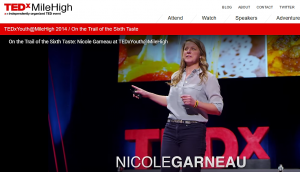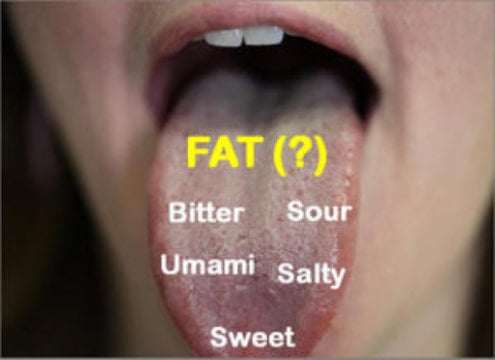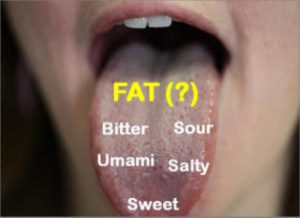Geneticist Nicole Garneau’s citizen science program in Denver is exploring the existence of a sixth taste. This program is a great platform for both citizen science and crowdsourcing health data to benefit genetics research.
Everyone enjoys good food, but from an evolutionary perspective, taste is extremely critical to our survival.
When scientists were trying to isolate the taste receptors for the first time in the late 90s, they thought that there were 5 basic types of taste; sweet, salty, bitter, sour, and umami. We need all of these taste receptors for survival. Sweet foods provide us with a burst of energy, whereas salt is needed to maintain the ionic concentrations. Umami is the taste of proteins, sour helps us distinguish weak acids from strong, and the bitter taste receptors pretty much keep us from consuming poisons (since most poisons are bitter). Surely the concentration of the bitter taste receptors at the back of the tongue may be nature’s one last chance to make us spit out the poison and not swallow it?
Therefore, taste drives us towards consuming the food we need and keeps us from eating things that can harm us, which makes taste and taste receptors critical to our survival. So it HAS to be more complex than 5 basic tastes. Dr. Nicole Garneau addresses this in her Ted Talk: On the Trail of the Sixth Taste.
 Nicole Garneau at
TEDxYouth
Nicole Garneau at
TEDxYouth
Other nutrients essential to our survival should have a taste too, right?
As Dr. Garneau says, “Five is so limited and makes no sense when you think of all the things we encounter to find nutrients and stay away from toxins. And like any other human characteristic, these traits are shaped in part by our environments, so it would make sense that we would see population variations.”
Dr. Garneau is on a quest to find the genetic basis for another taste essential to our survival: fat. She is looking to isolate the gene or genes responsible for detecting fat. She is approaching this investigation by analyzing thousands of people’s genes and correlating with taste tests.
She is a curator at the Denver Museum of Nature and Science, where she conducts research in an innovative citizen science program. In this laboratory, it is the citizen scientists who are doing the lion’s share of this work. In Dr. Garneau’s words, “Our citizen scientists are certified by the NIH to ethically enroll human subjects, undergo training by our internal education staff to work with guests and our research staff to conduct fun, educational and scientifically sound enrollments. From there, we offer various opportunities for our citizen scientists to participate in the scientific process, from extracting and purifying DNA, using qPCR, analyzing taste data, the whole works.”
Dr. Garneau is also a published JoVE author. Her JoVE video-article describes the protocol to measure fungiform papilla density from digital photographs.


